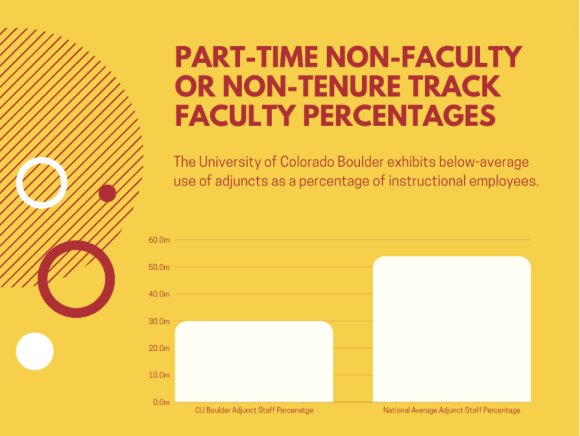
Letters to the Editor illustration. (Isabella Hammond/CU Independent)
Editor’s note: The author of the following letter to the editor was a student of the professor featured at the time of the reporting.
In the clamoring halls of academia, Elias Imadali, an adjunct professor at the University of Colorado Boulder, remains an influential guide, overcoming any barrier between theory and practice. As an adjunct professor, Imadali encapsulates the cutting-edge instructor, mixing real-world experiences with scholastic thoroughness to mold students’ minds.
Adjunct instructing, frequently neglected in the grand picture of the academic community, plays a critical role in forming the educational landscape. For Imadali, the dive and pursuit into the adjunct realm presented challenges and triumphs, each demonstrating his relentless commitment to becoming a great teacher.
“It means an opportunity to teach aspiring journalists or storytellers in college,” he said. “I get to bring the things I’m learning daily as a photojournalist,” he said.
Imadali’s experience as a photojournalist imbues his teaching with a distinctive blend of practicality and intuition. Notwithstanding the possible instability accompanying adjunct positions, Imadali finds comfort in their steadiness and stability.
“Stable income is really good as a freelancer,” he noted, a pivotal viewpoint often overlooked by the transient structure of freelancing.
Apart from financial stability, Imadali tracks satisfaction in education itself, perceiving its natural worth professionally and personally.
“I can bring a pretty practical ‘this is literally what is happening, and here’s how you do this thing,’” he said.
In our current reality, where academia and industry can exist in isolated circles, Imadali fills in as a bridge, connecting theory to practice with a modern flare.
“It’s like a balance of the two,” he said. He recognizes the symbiotic connection between the academic career and a less structured professional world.
Freelancing, to Imadali, is rewarding but lacks a sense of humanness, where the ability to instruct simultaneously allows him to carry out a more interactive career and lifestyle.
“Freelancing can be isolating because it’s just like my email and me. That’s my interaction with them; the camaraderie with colleagues is less of a thing because it’s just me as an independent photojournalist,” he said.
Evaluating adjunct professors’ daily weight is crucial in understanding the deeper story of adjunct teachers.
At CU Boulder, roughly 30% of instructional faculty are part-time non-faculty or non-tenure track faculty.
This utilization of adjunct professors is low, below the average in the U.S. of 51.4%. This can hint at the idea the university possibly instills of producing a more long-term faculty-based framework.

(Graphic by Gabriel Apprendi)
“Finding a place as an adjunct can be hard because you’re seen as a cheap solution to fill a class. I’m happy to contribute and appreciate the flexibility, but we’re adjuncts and not fully integrated into the faculty; our input is limited,” Imadali said.
The search process for adjunct teachers at CU Boulder differs from the standard process for teacher recruitment. First, according to the CU Boulder website, the university doesn’t use search committees for adjunct professors, and positions are not advertised on the CU Careers website.
Imadali’s experience as an adjunct highlights the obstacles and perhaps marginalization inside academics. It accentuates adjuncts’ essential contributions to enhancing student experiences and cultivating divergent perspectives in higher education.
“Some of the people most relied on are the most undervalued,” Imadali said.
Contact Guest Writer Gabriel Apprendi at gabriel.apprendi@colorado.edu.
